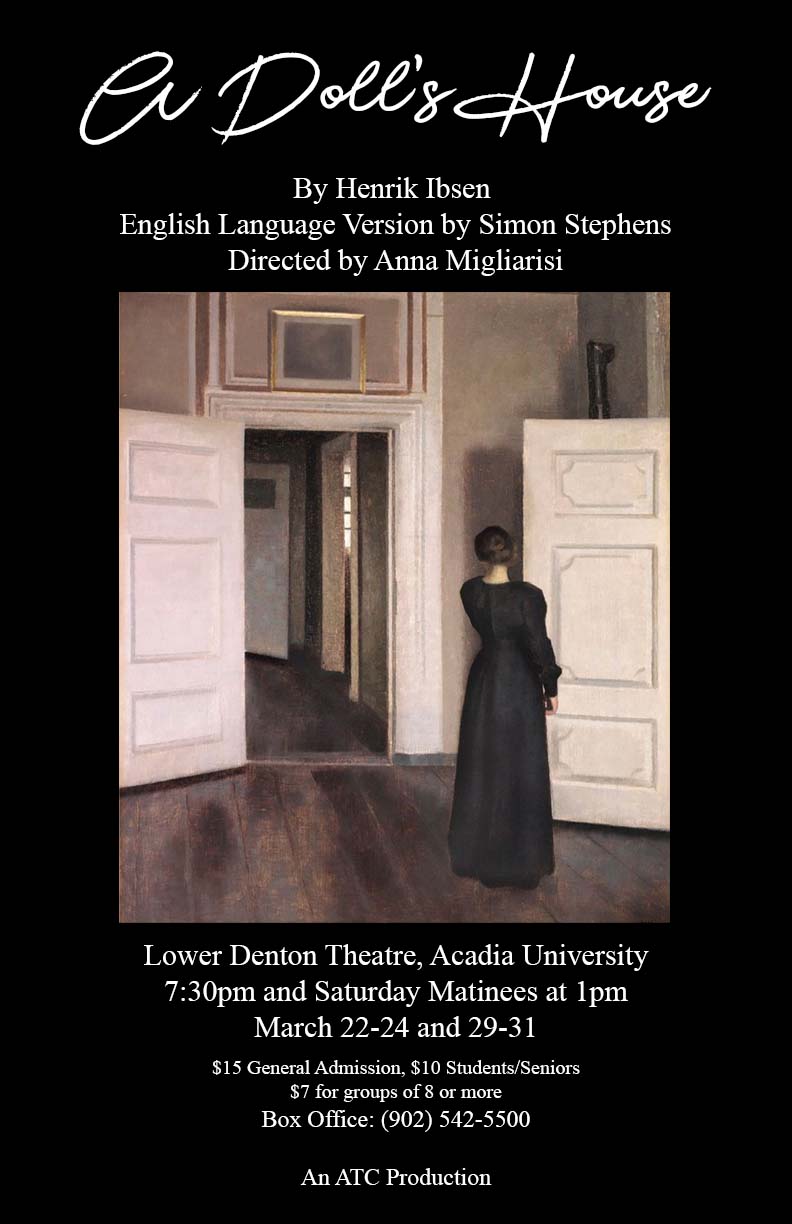Vancouver police dispatched an unnecessary number of officers to address about twenty Indigenous protestors who were peacefully protesting in the lobby of a Bank of Montreal (BMO) building. The group was protesting against the Trans Mountain Expansion investors (AIG insurance). These protestors were arrested, brutalized and later released.
Last week, two VPD officers were discovered on tape posing with a dead man on Third Beach. Officers are seen in the video laughing and snapping photos in front of a deceased body lying on the shore. The two men were assigned to secure the site before the coroner arrived, and they are now facing a Police Act investigation for their actions.
Videographer Zachary Ratcliffe posted the video because he said he thought it needed to be seen. “I think that the VPD should be concerned that officers feel that emboldened to act in such a way that clearly shows no respect for whoever this was,” Ratcliffe said in an interview with CBC on Friday.
While there are many examples of violent VPD behaviour over the years, included in these are the cases of Frank Paul and Robert Dziekański, who both tragically died at the hands of police officers in Vancouver. Frank Paul was 48 years old and Mi’kmaq. He died of exposure and hypothermia in a Vancouver alley after he was dumped there by police even though he was severely intoxicated and wet. He died on December 6th, 1998. Robert Dziekański was a Polish immigrant to Canada. Dziekański was killed during an arrest at the Vancouver International Airport in Richmond, British Columbia, where he was displaying agitation towards airport staff during customs processing.
Lastly, the lack of accountability and compliance from the Vancouver Police Department is significant. A police watchdog said, “What I found is neither the VPD nor the RCMP is enforcing the writing of these reports at all, and we’ve had dozens of incidents where we found that officers, the shooting officers, the officers involved in the application of force, have not written reports at all during our investigation.”
The President of the Vancouver Police Union, Tom Stamatakis, said that this was because officers feared that the information they provide in a report would be used against them.
The report from the CBC report also stated that, on average, 27 people are killed in police-shooting every year. These events show that police officers in Canada are rarely held accountable for the trauma and death they inflict and racialized people are disproportionately impacted.




